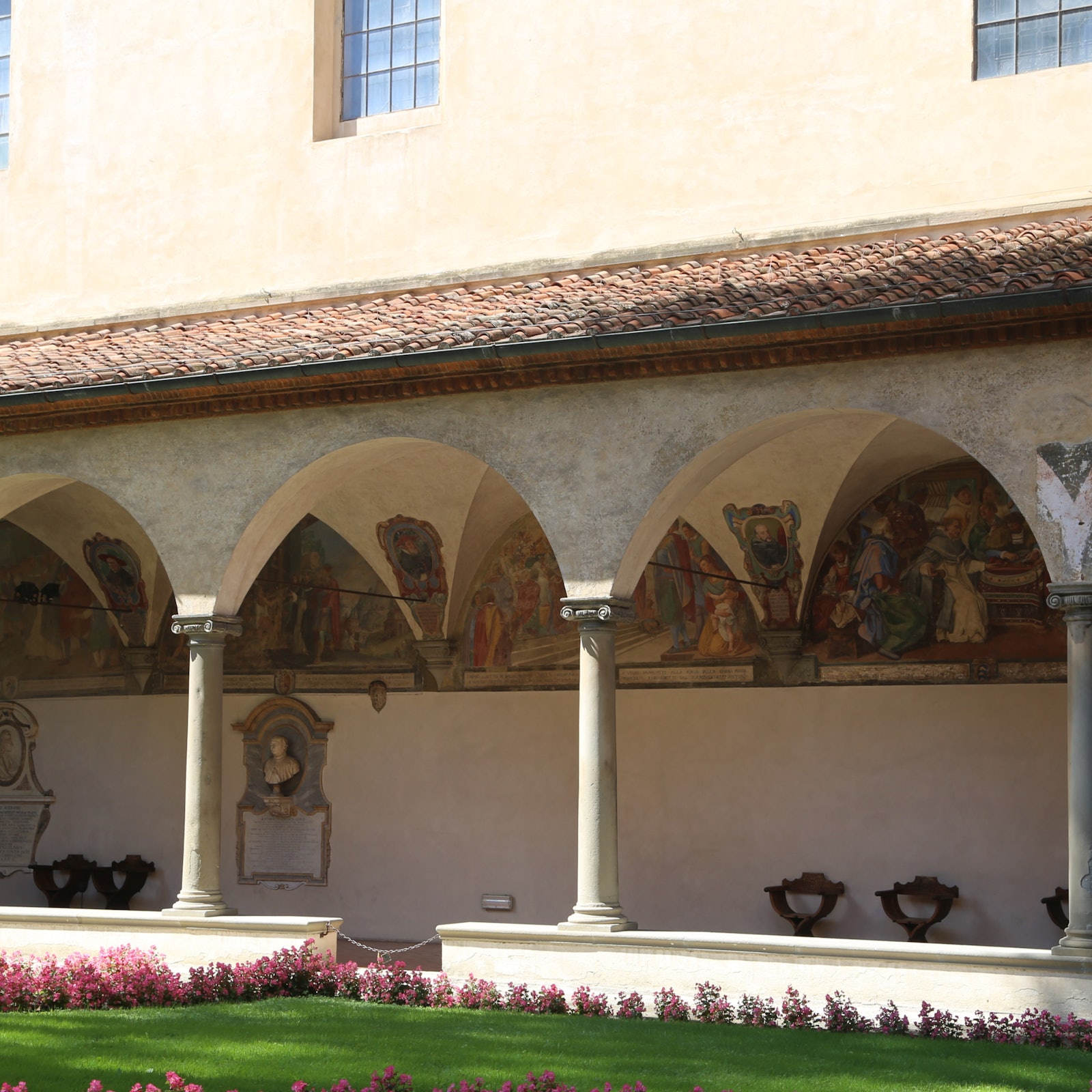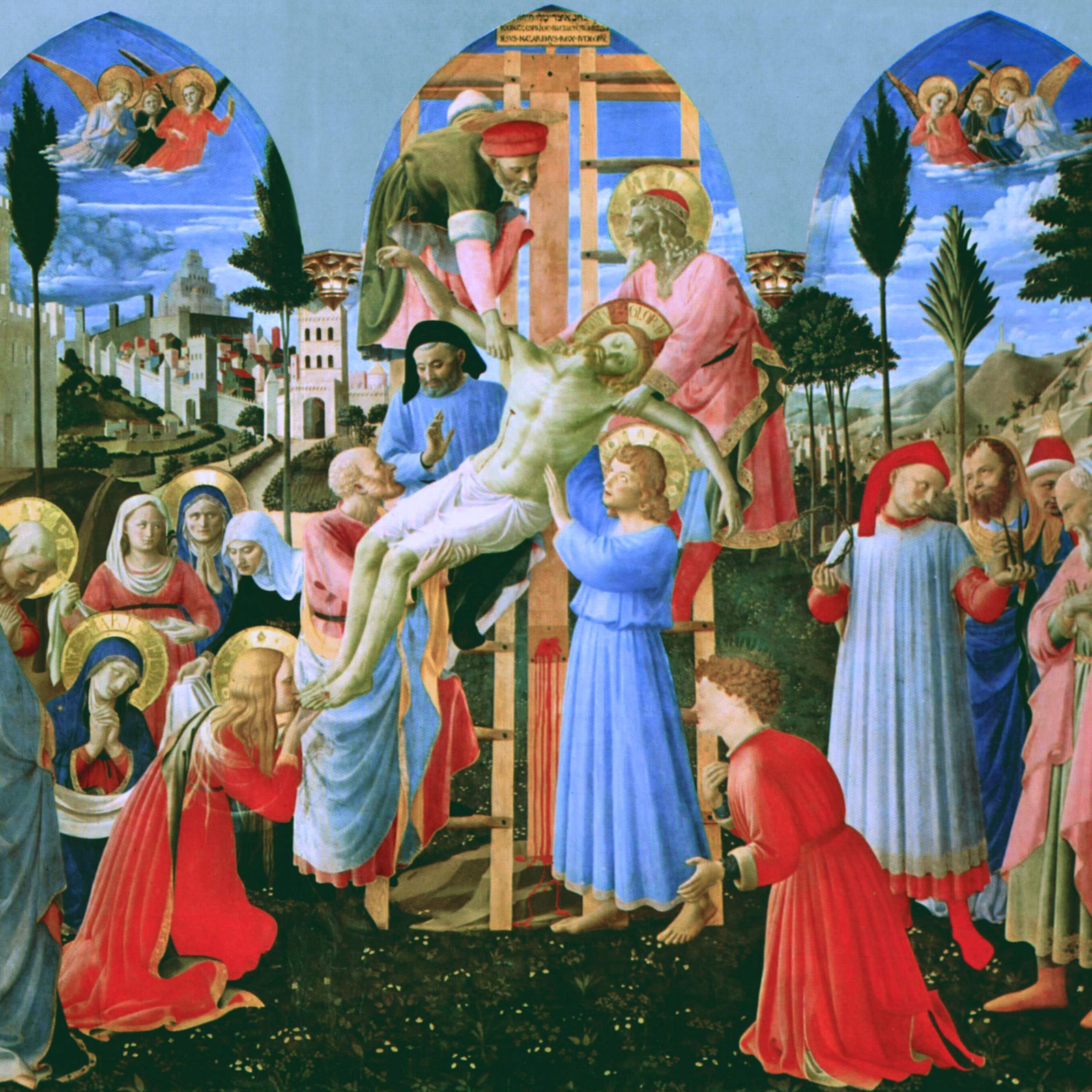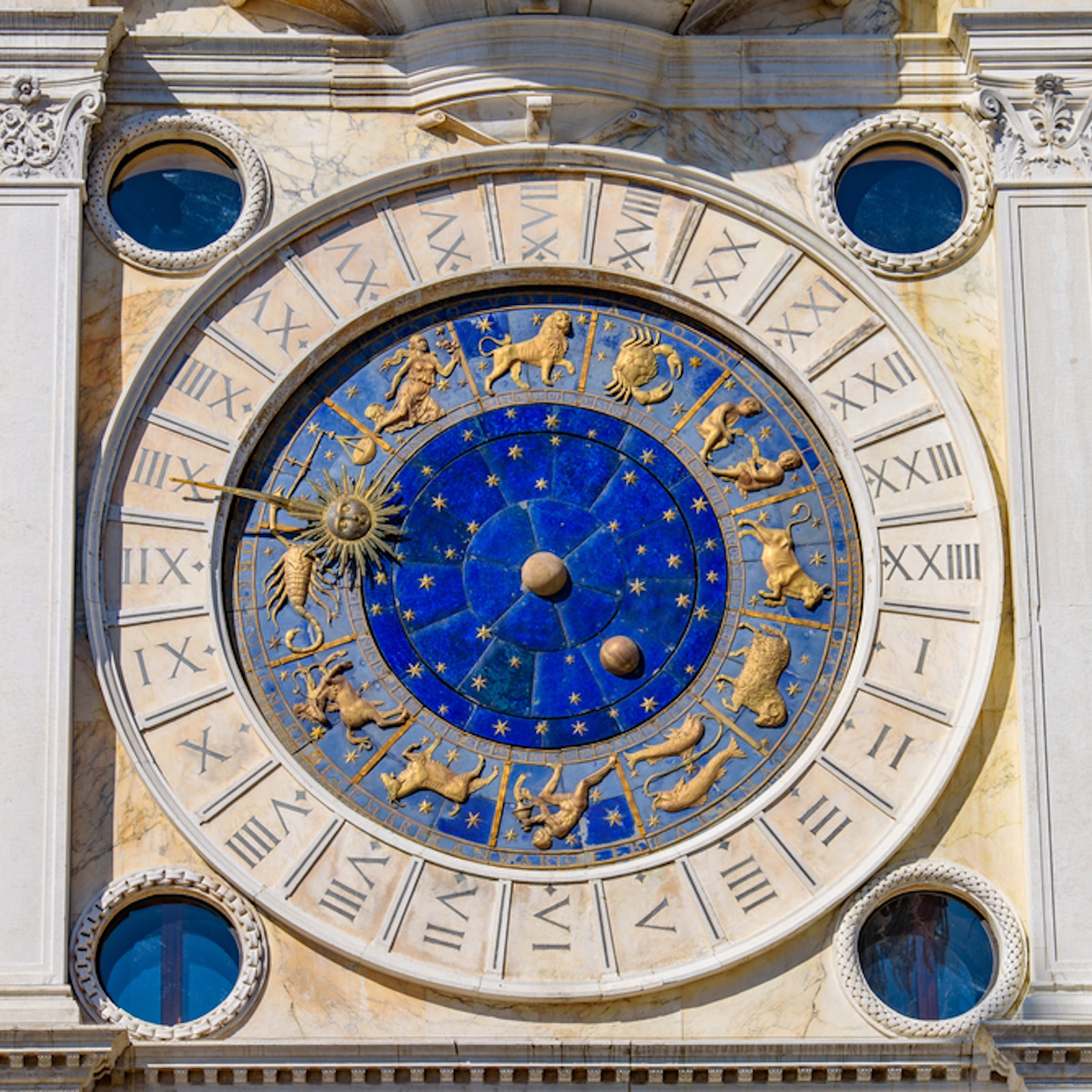The San Marco Museum in Florence between art and spirituality

Have you ever wondered about the history hidden behind the walls of a museum? In this post I want to describe the San Marco Museum in Florence, an extraordinary place that is much more than just a container for works of art.
Located in the convent of the same name, the museum is a fusion of spirituality, art and culture, and has served as a refuge for historical figures such as Girolamo Savonarola and Beato Angelico. You will discover how this place has been a beacon of knowledge, art and faith for centuries, preserving a collection of works to be admired in the rooms where the friars have lived for generations.
The San Marco Museum in Florence between art and spirituality

8 March 1299 marked the birth of St Mark’s Convent, founded by the Benedictine Silvestrine monks. However, the history of the site begins much earlier, with an oratory already present in 1250. In addition to traces of ancient frescoes, the history of the building is shaped by the growing power of the Dominican Order. In 1418, due to this influence, the Silvestrians were forced to abandon the monastery, leaving it in a state of decay.
It was Michelozzo di Bartolomeo Michelozzi, under the patronage of Cosimo de’ Medici, who was commissioned with the major restoration that brought the complex to its current magnificence.
ARCHITECTURE AND COLLECTIONS OF THE CONVENT OF SAN MARCO IN FLORENCE
The rededication of the monastery took place on 6 January 1443.
Michelozzo not only restored the complex, but also contributed structural additions such as the construction of the upper floor, two cloisters, two refectories and an extraordinary library, which became one of the first reading spaces open to the public.
This library was frequented by eminent humanists such as Agnolo Poliziano and Pico della Mirandola. It was also here that Fra Girolamo Savonarola, known for his prophetic sermons, took up residence in 1490.
INTERTWINING DESTINIES, SUCCESSIVE EVENTS AND THE BIRTH OF THE SAN MARCO MUSEUM IN FLORENCE
The fate of the convent was marked by periods of expropriation: first during the Napoleonic era and then with the suppression of religious orders by the Italian state in 1866. However, in 1869 the convent was reopened as a museum, enriched by restorations carried out by Gaetano Bianchi on Beato Angelico’s frescoes. This Renaissance artist has a significant presence in the museum, thanks in part to Giovanni Poggi, director of the Uffizi at the time, who transferred many of his works to the museum.
This is a place to visit if you are passionate about art and culture, but you cannot miss many other places in the city. I recommend you read the guide with the Museums in Florence to see.
THE EXHIBITION ITINERARY OF THE SAN MARCO MUSEUM IN FLORENCE
The first space one encounters is the cloister of Sant’Antonino, dated around 1440 and designed by Michelozzo. Here is a fascinating Crucifixion painted by Beato Angelico in 1442.
The tour continues through different rooms, each with its own history and art collection. From the Ospizio dei Pellegrini, dedicated to Beato Angelico’s altarpieces, to the Stanza del Lavabo, now home to 16th-century works, every corner of the museum is a dive into different historical and artistic periods.
Underground rooms hold a vast collection of artefacts saved from 19th century demolitions, while the Chapter House is the spiritual heart of the monastery, where the Rule of the Order was read.
No less important is the dormitory, reached via a 17th-century flight of stairs, which leads directly to Fra Angelico’s Annunciation.
Next to the monastery is the beautiful basilica of St. Mark’s. Consisting of a single nave, it retains the dimensions of the 14th-century hall, where there were frescoes by Pietro Cavallini, only a few fragments of which can be admired today.
The renovation in 1588 was the work of Giambologna.

Visiting the San Marco Museum in Florence is not just a journey through art masterpieces, but an experience that fuses culture, history and spirituality.
From its Benedictine roots to its Dominican influence, from historical events to illustrious personalities, this is a place where art and faith meet, weaving an ineffable tale that transcends the centuries.
INFORMATION ON THE SAN MARCO MUSEUM IN FLORENCE
Museum of San Marco
Piazza San Marco, 3, 50121 Florence FI, Italy
Hours
Tuesday to Sunday, 8:30 a.m. to 1:30 p.m.
For more ideas on what to see in the beautiful city of Florence, I invite you to consult the page dedicated to things to see in Florence.
Follow me on:
About me
In this blog, I don't explain the history of art — I tell the stories that art itself tells.


